What Is a Sit-to-Stand Lift?
Sit-to-stand lifts, available in both manual and powered configurations, assist patients in standing from a seated position. Once standing, the patient places their feet on the platform or base, while leg supports and a sling prevent slipping. The patient holds onto grab bars as either the device or a caregiver helps them stand or transfer to another location, such as a wheelchair, bed, or chair.
Not all patients are suitable for sit-to-stand lifts. Candidates must be able to sit up independently, have the grip strength to hold onto the grab bars, and be able to partially support themselves while standing.
Types of Stand Assist Devices
Stand assist devices come in two main types:
- Manual lifts: Operated by a caregiver using levers and hydraulic pumps. The caregiver must have enough upper body strength to lift the patient.
- Power lifts: Use a rechargeable battery to lift and transfer the patient. The caregiver positions the patient and operates the controls for lifting.
Most sit-to-stand lifts support patients weighing up to 300 lbs. For heavier individuals, bariatric lifts provide additional support and strength.
The Benefits of a Sit-to-Stand Lift
Sit-to-stand lifts are smaller, lightweight, and easier to transport between rooms. They can navigate narrow doorways and sharp turns, providing a stable platform for the patient to stand on while being transferred. These lifts make patient transitions easier for both the individual and the caregiver.
Assistive lifting devices are recommended when a patient's weight exceeds 35 pounds to protect both the patient and caregiver. Studies show that using lifts can improve caregiver comfort, reduce fatigue, and lessen the physical demands of patient handling. Vitality Medical also offers Bath Lifts, Patient Lifts, Pool Lifts, Power Lifts, and Lift Slings.
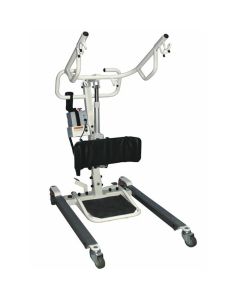
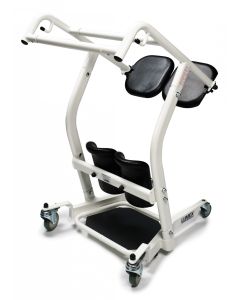
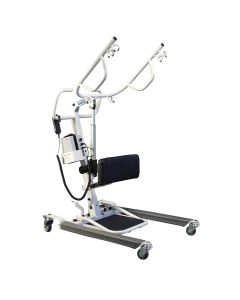
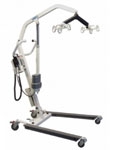
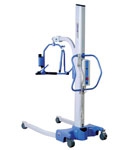
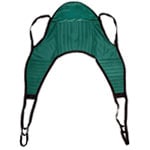
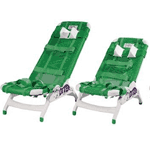
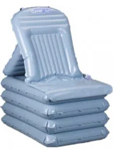
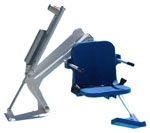
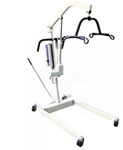
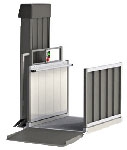

Login and Registration Form